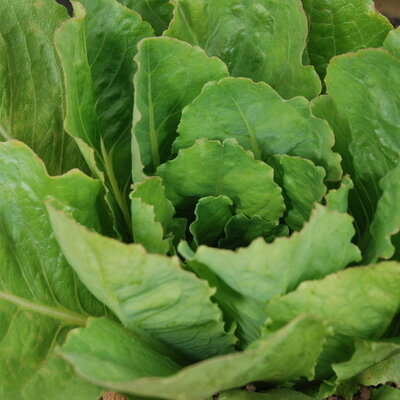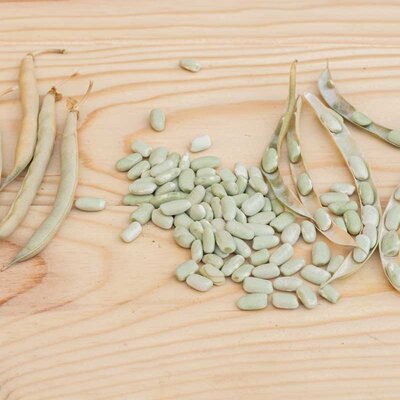
Golden Ball - Turnip
This ancient variety produces very smooth, spherical roots about 10 cm in diameter, with yellow skin and flesh. They have a sweet, slightly bitter taste. When young, the root can be eaten raw.
This semi-hardy variety is recommended for autumn harvesting.
Characteristics of the Golden Yellow Turnip
The Golden Yellow Turnip, Brassica rapa, is an ancient variety of root vegetable native to Europe. Also known as "Robertson's Golden Ball" or "Orange Jelly Turnip", this turnip was mentioned in Vilmorin-Andrieux's Les Plantes Potagères in 1885. Not to be confused with the Petrowski turnip, a German variety with particularly fine flesh.
The round, yellow roots of the turnip Jaune Boule d'Or, around 10 cm in diameter, contain firm, sweet and slightly bitter flesh. They can be used in many recipes, either raw or cooked, depending on the preparation.
How to sow turnips?
Like most turnips, this variety is hardy. Sow outdoors from March to September, for harvesting from May to November. Although this variety can be grown in spring, it is more suited to summer and autumn sowing for a fall and winter harvest.
Sow lightly, directly in the ground, in rows 25-30 cm apart. Cover seeds lightly, press down and keep seedlings moist until emergence. Seeds generally germinate in 5 days, at temperatures between 15 and 20°C. Thin to 10 cm when plants have 5-6 leaves.
Turnips like sunny spots and cool, rich soil. Like all root vegetables, it fears drought, which makes its roots fibrous. Regular watering is therefore recommended.
To keep turnip pests at bay, consider planting fennel in the vegetable garden (cabbage maggot, which burrows into turnip roots, and flea beetle, which attacks the leaves).
Harvesting the Golden Yellow Turnip
This semi-hardy variety is harvested around 2 months after sowing, from May to November.
Although more suited to autumn and winter harvests, it can be sown in spring for earlier harvests.
For winter storage, harvest turnips before the first frosts, from September to November. After drying for a few days, removing the tops and wiping dry, the selected roots are buried in a sheltered place, such as a cellar or silo, in sand or sawdust. They will then keep for 2 to 4 months.
Turnips can also be left in the ground in the vegetable garden, protected from frost with a good mulch.
Like white cabbage, turnips can also be preserved finely sliced and pickled in jars to make "turnip sauerkraut".
Turnips in the kitchen
Turnips can be used in a thousand and one ways: in salads, mashed, sautéed or stewed. Many recipes combine turnips with meats or fruiting vegetables. Turnips can be eaten raw, grated into salads, or cooked in the oven, frying pan, saucepan or pressure cooker.
Rich in fiber and generally made up of almost 90% water, turnips help keep intestinal transit moving smoothly. It is popularly known for its emollient and soothing properties. It is also sometimes used to treat chest illnesses. Rich in vitamins (including vitamin C and vitamin B) and trace elements (notably iron, zinc and copper), turnips can be included in the diets of convalescents, the weak and anemic, and athletes.
These products may also be of interest to you
Sow lightly, directly in place, after the last frosts, in rows 25-30 cm apart. Cover seeds lightly, press down and keep soil cool. Thin to 10 cm when plants have 5 to 6 leaves.
Turnips do not appreciate dryness, which makes their roots fibrous. Regular watering is therefore recommended. Roots kept for the winter should be harvested before the first frost and stored in a cellar. They can also be left in the garden, protected from frost, but beware of pests.
Brassica rapa
500 seeds
From 60 to 100 cm
From 10 to 12 cm
Europe
1885
"Vilmorin-Andrieux "Les Plantes Potagères
This old variety is mentioned in Vilmorin-Andrieux's 1885 book "Les Plantes Potagères". It is also known as "Robertson's Golden Ball" or "Orange Jelly Turnip".











